News
 Ամանոր 2026
31.12.2025
See more ›
Ամանոր 2026
31.12.2025
See more ›
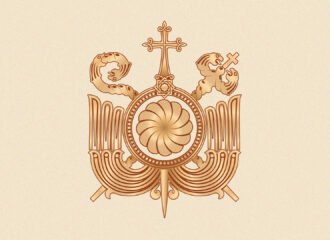 Մամուլում Արցախի թեմի թեմական խորհրդին վերագրվող հայտարարության վերաբերյալ
08.12.2025
See more ›
Մամուլում Արցախի թեմի թեմական խորհրդին վերագրվող հայտարարության վերաբերյալ
08.12.2025
See more ›
 Վրթանես եպս. Աբրահամյանի պարզաբանումը նոյեմբերի 28-ի հանդիպման վերաբերյալ
29.11.2025
See more ›
Վրթանես եպս. Աբրահամյանի պարզաբանումը նոյեմբերի 28-ի հանդիպման վերաբերյալ
29.11.2025
See more ›
 Կատարո վանքի պատմությունը
29.11.2025
See more ›
Կատարո վանքի պատմությունը
29.11.2025
See more ›
 Թող կատաղի հարձակումը մեզ վրա վարանումի առիթ չդառնա. վարչապետի կոչին միացած եպիսկոպոսների հայտարարությունը
29.11.2025
See more ›
Թող կատաղի հարձակումը մեզ վրա վարանումի առիթ չդառնա. վարչապետի կոչին միացած եպիսկոպոսների հայտարարությունը
29.11.2025
See more ›
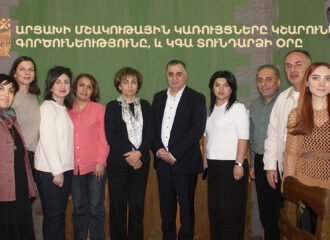 Արցախի մշակույթն ապրում է «Դիալոգ»-ի աջակցությամբ և տունդարձի հավատով
21.11.2025
See more ›
Արցախի մշակույթն ապրում է «Դիալոգ»-ի աջակցությամբ և տունդարձի հավատով
21.11.2025
See more ›
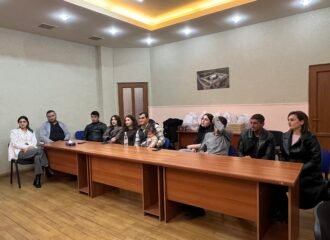 «Դրախտի ընտանիք» ծրագիր․ Անվճար վարսահարդարման դասընթացներ
19.11.2025
See more ›
«Դրախտի ընտանիք» ծրագիր․ Անվճար վարսահարդարման դասընթացներ
19.11.2025
See more ›
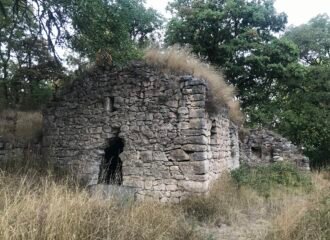 Բովուրխանի վանքը
17.11.2025
See more ›
Բովուրխանի վանքը
17.11.2025
See more ›
 Արցախի մայր թատրոնի վերածնունդը նոյեմբերի 12-ին
01.11.2025
See more ›
Արցախի մայր թատրոնի վերածնունդը նոյեմբերի 12-ին
01.11.2025
See more ›
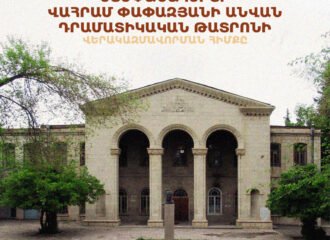 Ստեփանակերտի Փափազյանի թատրոնը վերածնվում է Երևանում
28.10.2025
See more ›
Ստեփանակերտի Փափազյանի թատրոնը վերածնվում է Երևանում
28.10.2025
See more ›
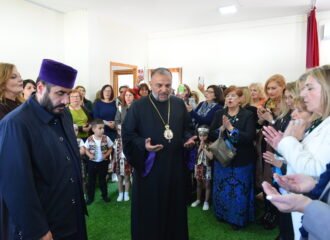 ՀՕՄ 115-ամյակի միջոցառումներ․ արցախցի 10 ընտանիք ստացան բնակարան
24.10.2025
See more ›
ՀՕՄ 115-ամյակի միջոցառումներ․ արցախցի 10 ընտանիք ստացան բնակարան
24.10.2025
See more ›
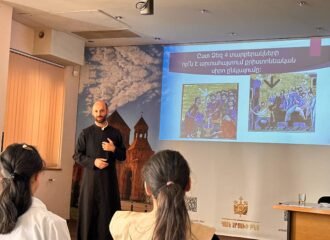 «Դրախտի ընտանիք». նոր հնարավորություններ նորապսակների համար
22.10.2025
See more ›
«Դրախտի ընտանիք». նոր հնարավորություններ նորապսակների համար
22.10.2025
See more ›
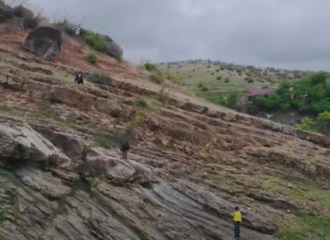 Նորագյուղի պատմությունը
21.10.2025
See more ›
Նորագյուղի պատմությունը
21.10.2025
See more ›
 «Աշնանային հանդիպում». «Արցախ» ջազ-նվագախմբի հերթական համերգը
15.10.2025
See more ›
«Աշնանային հանդիպում». «Արցախ» ջազ-նվագախմբի հերթական համերգը
15.10.2025
See more ›
 Կանչված ենք ծառայելու․ Հանդիպում Հայր Ռուբենի հետ
08.10.2025
See more ›
Կանչված ենք ծառայելու․ Հանդիպում Հայր Ռուբենի հետ
08.10.2025
See more ›
 Ամենայն Հայոց Կաթողիկոսն ընդունեց ԱՀ պետական այրերին
08.10.2025
See more ›
Ամենայն Հայոց Կաթողիկոսն ընդունեց ԱՀ պետական այրերին
08.10.2025
See more ›
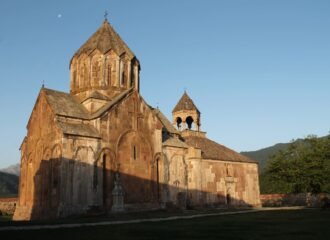 Gandzasar
04.10.2025
See more ›
Gandzasar
04.10.2025
See more ›
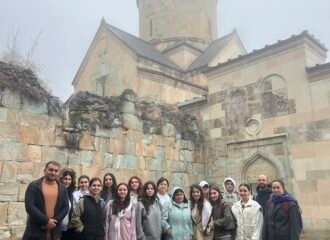 Ուխտագնացություն. Արցախի երիտասարդները Վարագավանքում
01.10.2025
See more ›
Ուխտագնացություն. Արցախի երիտասարդները Վարագավանքում
01.10.2025
See more ›
 «Արցախյան հրաշապատումներ» գրքի շնորհանդես
30.09.2025
See more ›
«Արցախյան հրաշապատումներ» գրքի շնորհանդես
30.09.2025
See more ›
 Կարևոր հանդիպումներից. Արցախն ուշադրության կենտրոնում
26.09.2025
See more ›
Կարևոր հանդիպումներից. Արցախն ուշադրության կենտրոնում
26.09.2025
See more ›
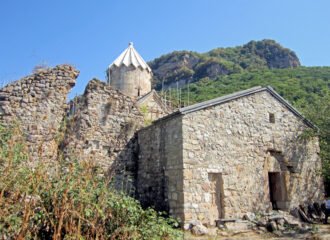 Գտչավանքի պատմությունը
25.09.2025
See more ›
Գտչավանքի պատմությունը
25.09.2025
See more ›
 Catholicos of All Armenians Meets His Holiness the Pope
18.09.2025
See more ›
Catholicos of All Armenians Meets His Holiness the Pope
18.09.2025
See more ›
 Մի-8-ի հրամանատարը․ Գրքի շնորհանդես Արցախի թեմում
16.09.2025
See more ›
Մի-8-ի հրամանատարը․ Գրքի շնորհանդես Արցախի թեմում
16.09.2025
See more ›
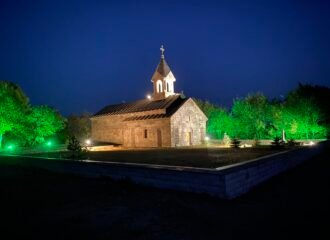 Shoshkavank
15.09.2025
See more ›
Shoshkavank
15.09.2025
See more ›
 Ուխտագնացություն դեպի Էջմիածին
12.09.2025
See more ›
Ուխտագնացություն դեպի Էջմիածին
12.09.2025
See more ›
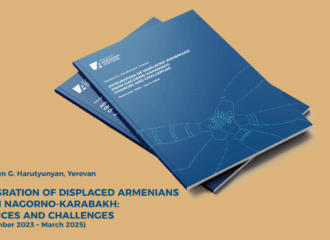 Արցախահայության ինտեգրման մարտահրավերները ՀՀ-ում
05.09.2025
See more ›
Արցախահայության ինտեգրման մարտահրավերները ՀՀ-ում
05.09.2025
See more ›
 Երախտագիտության խոսք «ԴԻԱԼՈԳ» ՀԿ-ի նախագահ պարոն Յուրի Նավոյանին
04.09.2025
See more ›
Երախտագիտության խոսք «ԴԻԱԼՈԳ» ՀԿ-ի նախագահ պարոն Յուրի Նավոյանին
04.09.2025
See more ›
 Տունդարձի հավատով
03.09.2025
See more ›
Տունդարձի հավատով
03.09.2025
See more ›
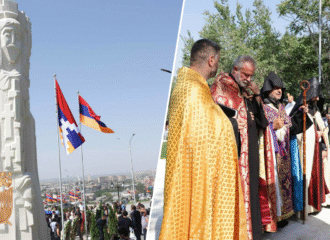 Վրթանես Սրբազանի խոսքը Եռաբլուր պանթեոնում
02.09.2025
See more ›
Վրթանես Սրբազանի խոսքը Եռաբլուր պանթեոնում
02.09.2025
See more ›
 Message of His Holiness Karekin II
02.09.2025
See more ›
Message of His Holiness Karekin II
02.09.2025
See more ›
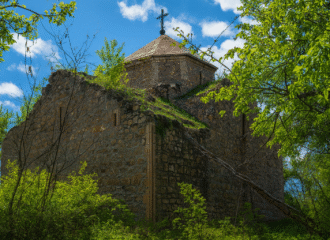 Ուլուբաբի վանք
30.08.2025
See more ›
Ուլուբաբի վանք
30.08.2025
See more ›
 Հարցազրույց «Դիալոգ» հասարակական կազմակերպության նախագահ պարոն Յուրի Նավոյանի հետ
25.08.2025
See more ›
Հարցազրույց «Դիալոգ» հասարակական կազմակերպության նախագահ պարոն Յուրի Նավոյանի հետ
25.08.2025
See more ›
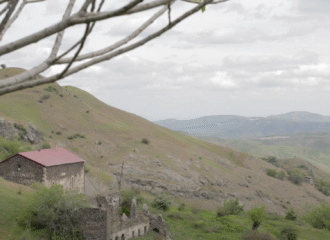 Խնուշինակի Սբ. Աստվածածին եկեղեցի
20.08.2025
See more ›
Խնուշինակի Սբ. Աստվածածին եկեղեցի
20.08.2025
See more ›



